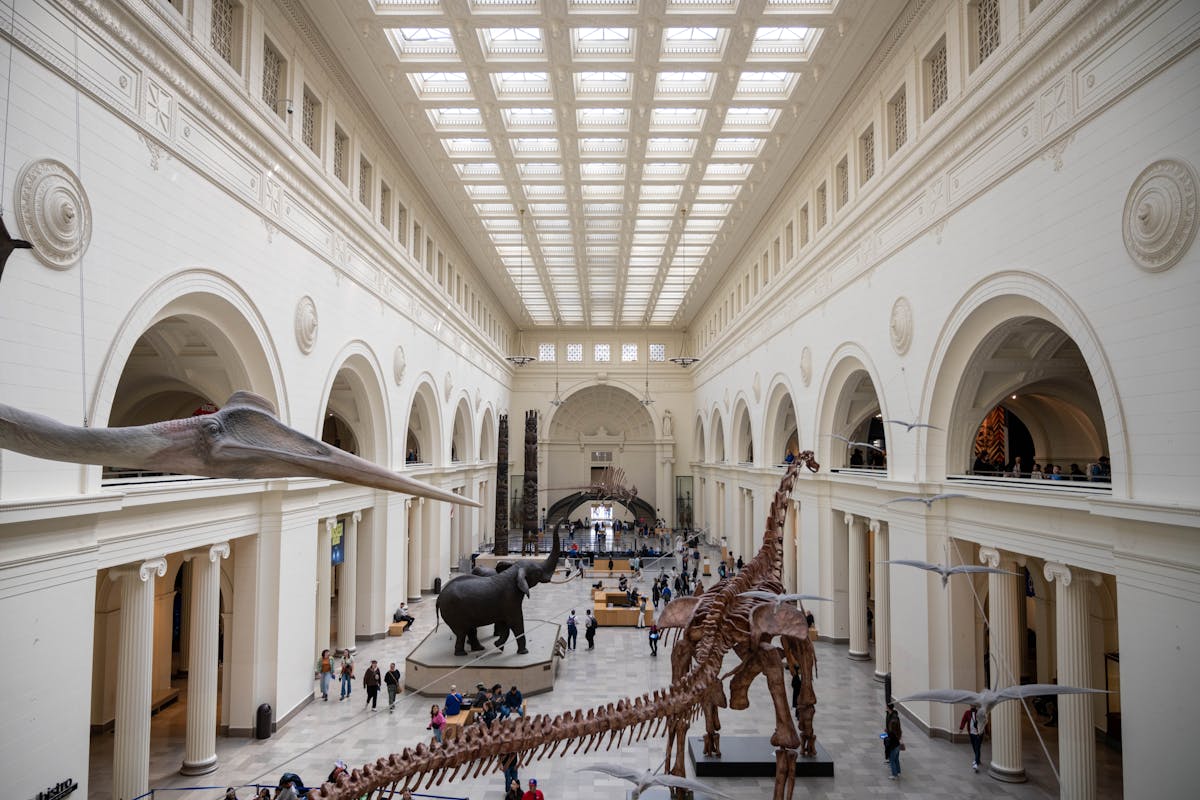Stephen Jay Gould is recognized as a prominent authority in contemporary evolutionary science. Known for his distinctive methodologies and extensive publications, Gould not only made science more accessible, but he also transformed fundamental ideas in evolutionary theory. His achievements extended from scholarly research and specialized insights to clear educational communication for the general public, securing his permanent legacy as a leading scientific figure of the twentieth century.
Questioning Darwinian Theories: Punctuated Equilibrium
One of Gould’s fundamental contributions to evolutionary biology is the idea of punctuated equilibrium, which he developed alongside Niles Eldredge in 1972. During that period, the dominant theory—commonly referred to as phyletic gradualism—proposed that species evolved progressively and consistently over extended periods. According to traditional Darwinism, fossils should demonstrate gradual changes in anatomical traits from one generation to the next.
Rather, through a careful analysis of the fossil record, Gould and Eldredge discovered a distinct pattern: species generally remained morphologically consistent—what they described as stasis—for long periods, interrupted by short bursts of rapid evolution resulting in new species. This “punctuated” pattern more accurately accounted for the significant gaps between fossil forms and questioned the belief that gradual, continuous transformation was typical.
Far from being a mere tweak, the theory of punctuated equilibrium forced biologists to reconsider mechanisms and tempos of evolution. It reignited debates about the power of selection versus other evolutionary forces and drew attention to issues of sampling bias and fossil preservation.
Expanding Evolutionary Mechanisms: Exaptation and Constraints
Gould’s impact reached beyond equilibrium patterns. Alongside Elisabeth Vrba, he introduced the concept of exaptation. This term highlighted the idea that structures or behaviors might evolve for one function and later be co-opted for a different use. For example, feathers may have originally evolved for insulation or display before being used in flight. This insight broadened the perspective on adaptive evolution, emphasizing historical contingency and the complex origins of biological traits.
Another subject of Gould’s scrutiny lay in the concept of biological constraints. Along with Richard Lewontin, he published the influential paper “The Spandrels of San Marco and the Panglossian Paradigm”, which critiqued the rampant adaptationism in evolutionary biology. They argued that not every trait is a direct product of natural selection; rather, some characteristics may be byproducts of selection on other features or may result from architectural and developmental constraints. The metaphor of “spandrels” compared these traits to architectural features that arise incidentally.
This analysis initiated a heated discussion, encouraging deeper examination of evolutionary science, particularly in the context of genetic, developmental, and structural constraints on potential evolutionary results.
Development of Hierarchies and Selection of Species
Gould reshaped evolutionary biology by advocating for the concept of multilevel selection. The conventional neo-Darwinian framework focused on selection processes at the genetic or individual level. Gould contended that selection might also occur at broader organizational tiers, like species or clades. This perspective, often referred to as species selection, proposed that large-scale evolutionary trends, such as swift diversification or mass extinction, might not be adequately understood through mechanisms limited to the genetic or individual level alone.
His book The Structure of Evolutionary Theory synthesized these ideas, presenting a vision of evolution operating on multiple interacting levels—genes, organisms, demes, species—and highlighting the interplay between microevolutionary mechanisms and macroevolutionary patterns.
Support for Science Outreach and Historical Background
Gould’s ability to convey scientific ideas was unparalleled. Through works like Ever Since Darwin and The Panda’s Thumb, he simplified intricate topics for general readers. He addressed themes like vast time scales and the unpredictability of evolution, and he became well-known for his role in court cases that protected educational standards from religious interference.
Gould was also a historian of science, bringing context from paleontology, biology, and even architecture to illuminate the philosophical roots and implications of contemporary scientific thought. His writings underscored the importance of historical contingency—the idea that chance events and unique histories shape evolutionary outcomes, challenging deterministic narratives.
Steering the Course of Contemporary Evolutionary Biology
Few scientists have so fundamentally altered their field while communicating its essence to the broader public. Stephen Jay Gould’s work unsettled intellectual complacency, introducing necessary debate and diversity of thought into evolutionary biology. His theories continue to inspire empirical research, from studies of fossil patterns and developmental constraints to evolutionary innovation. Gould’s relentless curiosity and interdisciplinary approach affirmed that the history and direction of life on Earth is as complex, dynamic, and surprising as the scientific process itself.





